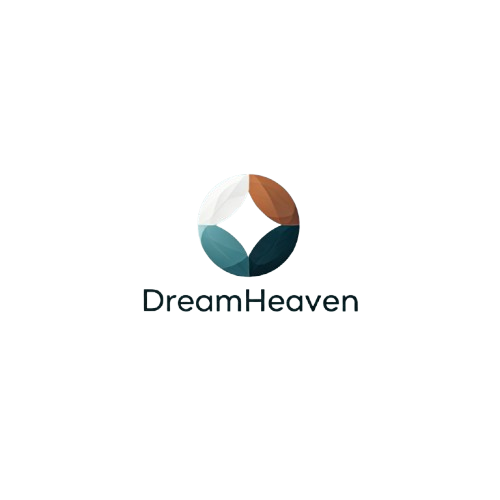Jason in DGLux5 is a powerful platform for creating data-driven dashboards, visualizations, and user interfaces. One of its notable features is the ability to integrate JSON (JavaScript Object Notation) data, a lightweight format for storing and transferring structured data. This article delves into how JSON works in DGLux5, providing a comprehensive guide to using it effectively for dynamic visualizations.
Understanding JSON in DGLux5
JSON is widely used for exchanging data between a server and a client, making it a natural fit for DGLux5. In DGLux5, JSON acts as a source of dynamic content, enabling users to visualize real-time data, configure widgets, and manage data models seamlessly.
Why JSON is Important in DGLux5
Jason in DGLux5 compatibility with DGLux5 stems from its simplicity and flexibility. It allows users to:
Bind data dynamically to visual elements.
Create responsive dashboards that update in real-time.
Integrate with APIs and external data sources effortlessly.
Loading JSON Data into DGLux5
To load JSON data into DGLux5, you can either use a static JSON file or connect to an API endpoint that provides JSON responses. Here’s a step-by-step approach:
Add a Data Source: Navigate to the Dataflow panel in DGLux5 and add a new data source.
Select JSON: Choose the JSON data type and specify the file path or API URL.
Map the Data: Use Jason in DGLux5’s data binding tools to link JSON fields to visualization components.
Parsing JSON in DGLux5
Once JSON data is loaded, it can be parsed to extract specific fields or values. The Dataflow panel provides nodes for filtering, mapping, and transforming JSON data, allowing users to customize how data is presented.
Binding JSON to Components
DGLux5 allows direct binding of JSON data to UI components, such as charts, tables, and maps. This dynamic binding ensures that any updates to the JSON source automatically reflect in the visualization.
Real-Time Data with JSON in DGLux5
One of the standout features of DGLux5 is its ability to handle real-time data. By connecting to APIs or WebSocket endpoints that provide JSON streams, users can create dashboards that update instantaneously, making it ideal for monitoring and analytics.
Common Use Cases for JSON in DGLux5
IoT Dashboards: Visualizing sensor data from IoT devices in real-time.
Business Intelligence: Displaying KPIs and metrics using JSON data from enterprise systems.
Weather and Traffic Updates: Integrating APIs to show live weather conditions or traffic patterns.
Best Practices for Using JSON in DGLux5
Optimize Data Structure: Keep your JSON data lightweight to ensure smooth performance.
Use Dataflow Efficiently: Leverage DGLux5’s Dataflow panel to preprocess and organize JSON data before binding it to components.
Secure API Connections: When using APIs, ensure secure connections to protect sensitive data.
Integrating External APIs
DGLux5’s ability to work with JSON makes it a perfect match for external APIs. For instance, you can fetch data from public APIs like OpenWeather or Google Maps and display it in interactive visualizations.
Troubleshooting JSON Issues in DGLux5
Invalid JSON Format: Ensure your JSON data is properly structured and free of errors.
Slow Performance: Optimize large datasets or consider pagination to improve performance.
Binding Errors: Double-check field mappings and ensure that component properties are correctly linked to JSON fields.
Advanced Features with JSON and DGLux5
Conditional Formatting: Use JSON data to drive conditional styling of components.
Custom Scripts: Add JavaScript logic to manipulate JSON data further.
Dynamic Themes: Change visualization themes dynamically based on JSON inputs.
The Future of JSON in DGLux5
As DGLux5 evolves, its integration with JSON is expected to deepen, offering more tools for real-time processing, machine learning, and advanced analytics. JSON’s ubiquity ensures it remains a cornerstone of data-driven visualizations in DGLux5.
Conclusion
JSON plays a pivotal role in DGLux5, enabling dynamic and interactive visualizations. Whether you’re building dashboards for IoT, business intelligence, or real-time analytics, mastering JSON in DGLux5 unlocks a world of possibilities. With its user-friendly tools and powerful dataflow capabilities, DGLux5 makes working with JSON seamless and efficient.
FAQs
1. What is JSON, and why is it used in DGLux5?
JSON (JavaScript Object Notation) is a lightweight format for storing and transferring data. In DGLux5, it’s used for creating dynamic, data-driven visualizations.
2. How can I load JSON data into DGLux5?
You can load JSON data by adding it as a data source in the Dataflow panel, either from a static file or an API endpoint.
3. Can DGLux5 handle real-time JSON data?
Yes, DGLux5 can process real-time JSON data using WebSocket or API connections, making it ideal for live dashboards.
4. What are common issues when using JSON in DGLux5?
Common issues include invalid Jason in DGLux5 formatting, slow performance with large datasets, and incorrect field bindings.
5. Can I integrate external APIs with DGLux5?
Absolutely! DGLux5 supports external APIs that return JSON data, enabling users to visualize information from various sources seamlessly.

